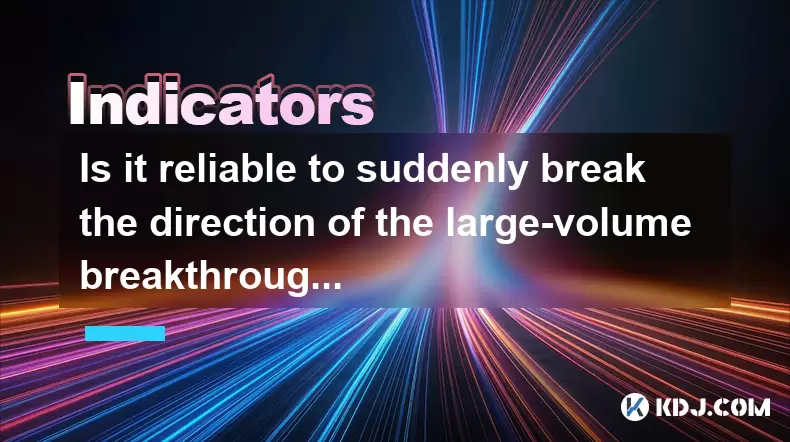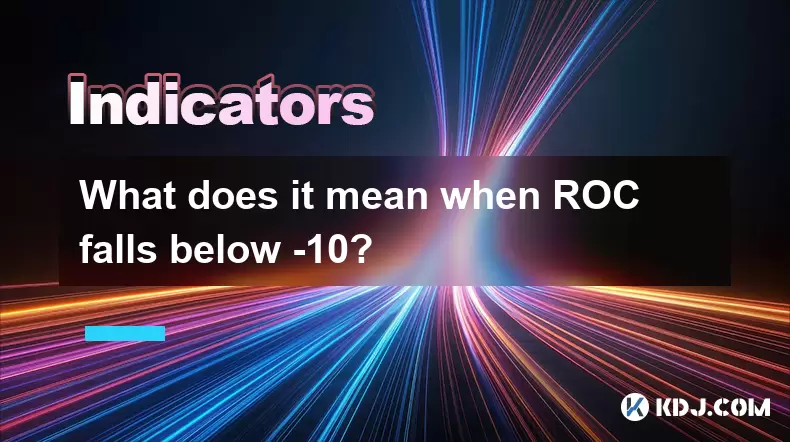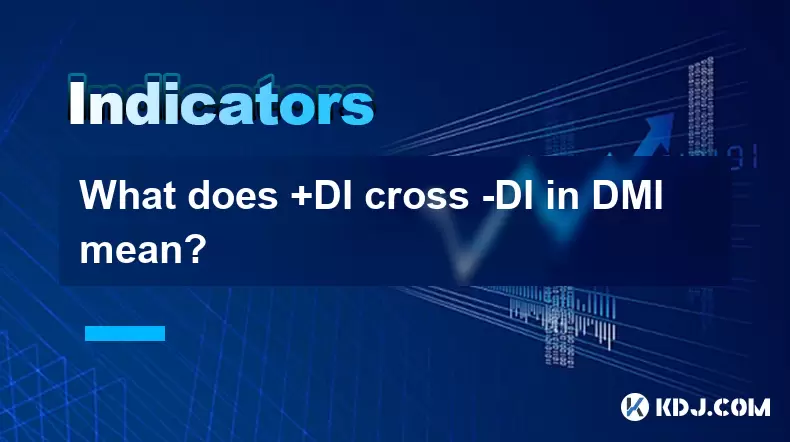-
 Bitcoin
Bitcoin $118900
1.66% -
 Ethereum
Ethereum $3735
1.35% -
 XRP
XRP $3.506
0.71% -
 Tether USDt
Tether USDt $1.000
-0.01% -
 BNB
BNB $799.4
5.78% -
 Solana
Solana $202.0
1.87% -
 USDC
USDC $0.9999
0.00% -
 Dogecoin
Dogecoin $0.2661
1.89% -
 Cardano
Cardano $0.8877
1.59% -
 TRON
TRON $0.3173
2.45% -
 Hyperliquid
Hyperliquid $45.00
2.59% -
 Stellar
Stellar $0.4723
3.40% -
 Sui
Sui $3.970
1.32% -
 Chainlink
Chainlink $19.67
1.94% -
 Hedera
Hedera $0.2710
1.99% -
 Avalanche
Avalanche $25.74
-0.01% -
 Bitcoin Cash
Bitcoin Cash $528.1
1.98% -
 Litecoin
Litecoin $120.1
3.57% -
 Shiba Inu
Shiba Inu $0.00001525
1.26% -
 UNUS SED LEO
UNUS SED LEO $8.989
-0.01% -
 Toncoin
Toncoin $3.304
1.74% -
 Polkadot
Polkadot $4.531
3.38% -
 Uniswap
Uniswap $10.74
2.51% -
 Ethena USDe
Ethena USDe $1.001
0.00% -
 Monero
Monero $325.5
2.44% -
 Pepe
Pepe $0.00001413
1.31% -
 Bitget Token
Bitget Token $4.860
0.85% -
 Dai
Dai $0.9999
0.01% -
 Aave
Aave $307.3
-2.07% -
 Bittensor
Bittensor $448.8
2.91%
Is it reliable to suddenly break the direction of the large-volume breakthrough after the Bollinger Bands close?
A Bollinger Band squeeze signals potential breakout volatility, but confirmation through volume and additional indicators is crucial to avoid false signals and sudden reversals.
Jun 29, 2025 at 02:14 pm

Understanding Bollinger Bands and Their Role in Technical Analysis
Bollinger Bands are a widely used technical analysis tool that consists of a moving average line flanked by two standard deviation bands. These bands dynamically adjust to price volatility, expanding during periods of high volatility and contracting during low volatility. Traders often rely on Bollinger Bands to identify overbought or oversold conditions, potential trend reversals, and breakout opportunities.
When the bands contract, it indicates a period of consolidation, which is commonly interpreted as a precursor to a significant price movement. However, interpreting the reliability of a sudden directional change after a large-volume breakout following Bollinger Bands closure requires deeper scrutiny of multiple factors beyond just band contraction.
Important Note: The behavior of price action post-Bollinger squeeze can vary significantly depending on market sentiment, volume dynamics, and broader macroeconomic influences.
What Happens During a Bollinger Band Squeeze?
A Bollinger Band squeeze occurs when the distance between the upper and lower bands narrows considerably. This narrowing reflects decreasing volatility and typically signals that a sharp price move may be imminent. The direction of the breakout, however, is not predetermined.
- During a squeeze, traders often prepare for a breakout.
- Volume plays a critical role in confirming the strength and validity of the breakout.
- Price can break either upward or downward, depending on prevailing market forces.
It's crucial to understand that while the squeeze suggests an upcoming breakout, it does not guarantee its direction or sustainability. A sudden reversal immediately after the breakout raises questions about the reliability of such patterns.
Why Might Price Suddenly Reverse After a Breakout?
There are several reasons why price might abruptly reverse direction after breaking out from a Bollinger squeeze:
- False Breakouts: Sometimes, institutional players or algorithmic systems trigger stop orders by pushing the price beyond key levels only to reverse shortly afterward.
- Lack of Follow-Through Volume: If the breakout lacks sufficient volume confirmation, it may lack the momentum needed to sustain the new direction.
- Market Sentiment Shifts: News events, regulatory changes, or sudden shifts in investor sentiment can cause abrupt reversals even after strong moves.
- Order Book Imbalances: In cryptocurrency markets, especially on exchanges with thinner liquidity, sudden spikes can quickly reverse due to order book depth issues.
In such cases, relying solely on Bollinger Bands without incorporating volume and other indicators could lead to misleading signals.
The Importance of Volume Confirmation
Volume is a critical factor when assessing the legitimacy of any breakout, including those following a Bollinger squeeze. High volume during a breakout generally confirms that the move has strong participation and is more likely to continue.
- High volume during breakout: Indicates strong conviction among traders.
- Low volume breakout: Often signals weakness and increases the likelihood of a reversal.
- Sudden drop in volume post-breakout: May indicate fading interest and potential reversal.
Traders should closely monitor volume bars or histograms alongside Bollinger Bands to filter out false signals and avoid premature entries.
Combining Bollinger Bands with Other Indicators for Better Accuracy
Relying solely on Bollinger Bands can be risky, especially in volatile markets like cryptocurrencies. Combining them with complementary tools enhances signal accuracy:
- Relative Strength Index (RSI): Helps identify overbought or oversold conditions at the time of the breakout.
- Moving Average Convergence Divergence (MACD): Provides insights into momentum and trend continuation.
- Volume Weighted Average Price (VWAP): Useful for understanding where the majority of trading activity occurred.
By integrating these tools, traders can better assess whether a sudden directional shift after a breakout is a genuine reversal or a temporary retracement.
Frequently Asked Questions
- Can Bollinger Bands alone predict reliable breakouts?
No, Bollinger Bands should not be used in isolation. They work best when combined with volume analysis and other technical indicators to confirm trends and reversals. - How do false breakouts affect trading strategies using Bollinger Bands?
False breakouts can mislead traders into entering positions prematurely. Using additional filters like volume spikes or candlestick confirmation helps mitigate this risk. - Is it common for price to reverse immediately after a Bollinger squeeze breakout?
Yes, especially in illiquid or highly speculative markets like crypto. Such reversals are often due to wash trades, spoofing, or rapid profit-taking by bots and institutional traders. - Should traders avoid entering positions after a Bollinger squeeze?
Not necessarily. Entering after confirmation — such as a retest of the breakout level with sustained volume — can improve trade reliability and reduce exposure to false moves.
Disclaimer:info@kdj.com
The information provided is not trading advice. kdj.com does not assume any responsibility for any investments made based on the information provided in this article. Cryptocurrencies are highly volatile and it is highly recommended that you invest with caution after thorough research!
If you believe that the content used on this website infringes your copyright, please contact us immediately (info@kdj.com) and we will delete it promptly.
- Ethereum Whale Activity & Volume Surge: What's the Hype?
- 2025-07-23 20:50:12
- Pepe Dollar, Bitcoin Maxis, Presale Explodes: What's the Hype?
- 2025-07-23 21:10:14
- U Power, EVs, and Web3: Charging into the Future
- 2025-07-23 20:30:13
- Marriage, Divorce, and Prediction: Navigating the Murky Waters of Matrimony
- 2025-07-23 20:55:13
- Ethena's ENA: Fee-Sharing Sparks a DeFi Revolution?
- 2025-07-23 21:15:13
- OKX Delisting & Listing: Navigating Margin Pair Changes in Crypto
- 2025-07-23 20:30:13
Related knowledge

What does it mean when ROC falls below -10?
Jul 23,2025 at 09:29pm
Understanding the Rate of Change (ROC) Indicator in Cryptocurrency TradingThe Rate of Change (ROC) indicator is a momentum oscillator used widely in t...

What does +DI cross -DI in DMI mean?
Jul 23,2025 at 09:49pm
Understanding the DMI Indicator ComponentsThe Directional Movement Index (DMI) is a technical analysis tool developed by J. Welles Wilder to assess th...

Advanced RSI strategies for crypto
Jul 13,2025 at 11:01am
Understanding the Basics of RSI in Cryptocurrency TradingThe Relative Strength Index (RSI) is a momentum oscillator used to measure the speed and chan...

Crypto RSI for day trading
Jul 12,2025 at 11:14am
Understanding RSI in the Context of Cryptocurrency TradingThe Relative Strength Index (RSI) is a momentum oscillator used to measure the speed and cha...

Crypto RSI for scalping
Jul 12,2025 at 11:00pm
Understanding RSI in the Context of Crypto TradingThe Relative Strength Index (RSI) is a momentum oscillator widely used by traders to measure the spe...

What does an RSI of 30 mean in crypto
Jul 15,2025 at 07:07pm
Understanding RSI in Cryptocurrency TradingRelative Strength Index (RSI) is a momentum oscillator widely used in cryptocurrency trading to measure the...

What does it mean when ROC falls below -10?
Jul 23,2025 at 09:29pm
Understanding the Rate of Change (ROC) Indicator in Cryptocurrency TradingThe Rate of Change (ROC) indicator is a momentum oscillator used widely in t...

What does +DI cross -DI in DMI mean?
Jul 23,2025 at 09:49pm
Understanding the DMI Indicator ComponentsThe Directional Movement Index (DMI) is a technical analysis tool developed by J. Welles Wilder to assess th...

Advanced RSI strategies for crypto
Jul 13,2025 at 11:01am
Understanding the Basics of RSI in Cryptocurrency TradingThe Relative Strength Index (RSI) is a momentum oscillator used to measure the speed and chan...

Crypto RSI for day trading
Jul 12,2025 at 11:14am
Understanding RSI in the Context of Cryptocurrency TradingThe Relative Strength Index (RSI) is a momentum oscillator used to measure the speed and cha...

Crypto RSI for scalping
Jul 12,2025 at 11:00pm
Understanding RSI in the Context of Crypto TradingThe Relative Strength Index (RSI) is a momentum oscillator widely used by traders to measure the spe...

What does an RSI of 30 mean in crypto
Jul 15,2025 at 07:07pm
Understanding RSI in Cryptocurrency TradingRelative Strength Index (RSI) is a momentum oscillator widely used in cryptocurrency trading to measure the...
See all articles

























































































